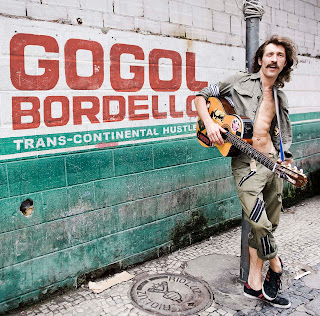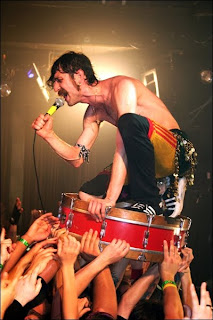
Colin Firth’s career-defining mid-90s moment in Pride and Prejudice, emerging from a pond with a wringing wet frilly shirt clinging to his manly torso, might have shunted him to the top of any top romantic totty poll going but it didn’t do him many favours as a serious actor, and neither did his subsequent role in pretty much every British romcom. He may have put on a passable turn each time as a handsome chap (and his posh-boys-fighting scene in Bridget Jones is properly funny slapstick) but none of it seemed much of a stretch, acting-wise.
His thespian breakthrough may have come with Tom Ford's A Single Man, but I have been as guilty as anyone of thinking of Firth as a good-looking lightweight, certainly no great shakes as a serious actor. At least, not until I saw a little of what went into his lauded appearance as George V1, or Bertie, in Tom Hooper’s Oscar-tipped The King’s Speech. I was there, on what must have been the coldest day of last year, when the key scene – when Bertie delivers an excruciating speech at the British Empire Exhibition in 1925, and his stammer is revealed to the British public - was filmed at Elland Road football stadium in Leeds. It irrevocably changed my opinion – and that of anyone else who has seen him as the tortured Bertie, crippled and humiliated by his stammer.
I was one of the hundreds of extras who packed out the stands in their 1920s costumes, standing up and sitting down interminably on each take as the royal party entered, and trying to look mortified at Bertie’s speech, during the long day’s filming. It was hard enough for us – so freezing that the crew handed out hand-warmers – and just as hard for the principals; the on-set rumour was that Derek Jacobi had been provided with a hot water bottle to tuck underneath his Archbishop of Canterbury’s robes. It was a demanding and fascinating day, and the most impressive thing of all was to see how hard Firth worked. During take after take, he never flagged, but determinedly gave everything he could to the hard task of delivering a public oration from a man strangulated by a terrible speech defect. It was, as it was supposed to be, painful and difficult to hear, and see. On each of the many takes, Firth stepped up, in more ways than one. He worked his socks off in a part that cannot have been easy to play, and succeeded brilliantly . That freezing cold day, I watched Colin Firth memorably transform himself not just into a role, which is what any actor is supposed to do, but into a great actor. I can't wait to see the rest of the film, but on the evidence of that one day's work, if Firth gets the mooted Oscar for playing Bertie, he will have earned it, and the right to never have to appear as a drip in a romcom, ever again.
Watch the official trailer: http://www.youtube.com/watch?v=OAm7gRXFiRo














